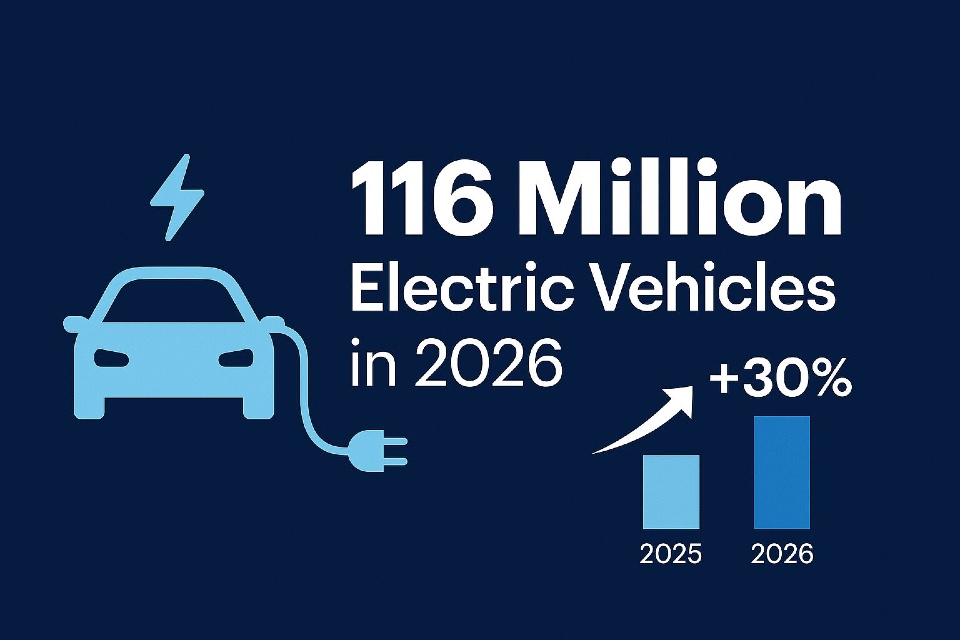As UK fleets accelerate their transition to electric vehicles, one question dominates strategic planning: where should vehicles charge? For senior fleet managers in both the public and private sectors attending the Fleet Summit, the answer is rarely one-size-fits-all. Instead, the most effective EV charging strategies in 2025 blend depot, destination, and on-the-go charging to balance operational efficiency, cost control, and driver convenience…
Depot Charging: The Backbone of Fleet Electrification
For many operators, depot charging remains the most reliable and cost-efficient option. Vehicles return to base at predictable times, making it easier to manage overnight charging schedules and benefit from off-peak tariffs.
Advances in smart charging systems now allow fleet managers to stagger charging across multiple vehicles, reducing peak demand charges and easing pressure on local grid connections. Where grid constraints exist, on-site battery storage or solar PV integration is increasingly being used to support charging without costly infrastructure upgrades.
Depot charging is ideal for fleets with fixed routes and centralised operations, such as local authority service vehicles, last-mile delivery vans, or bus operators.
Destination Charging: Supporting Remote and Flexible Operations
Not all fleets operate on fixed routes. For organisations with regional hubs, dispersed teams, or long dwell times at customer sites, destination charging offers a critical layer of flexibility.
Installing chargers at workplaces, hospitals, retail sites, or logistics hubs allows vehicles to ‘top up’ during natural downtime. This not only reduces range anxiety but also helps spread demand across the day. Public-private partnerships are also enabling access to shared infrastructure, particularly in business parks or industrial estates where multiple tenants require EV charging.
On-the-Go Charging: Ensuring Operational Resilience
For fleets covering long distances, such as haulage, utilities, or field service vehicles, access to rapid and ultra-rapid public charging networks is essential.
While public charging has expanded significantly in 2025, availability and reliability can still be inconsistent. Fleet managers are increasingly adopting charging-as-a-service platforms, giving drivers real-time visibility of charger locations, availability, and payment options across multiple networks.
Some operators are also experimenting with mobile charging solutions, where rapid-charging units are deployed on demand to high-traffic areas or temporary sites.
Building a Blended Strategy
The most resilient fleets are those combining all three models. By mapping routes, analysing dwell times, and monitoring vehicle telematics, fleet managers can design customised charging blueprints that minimise downtime, optimise costs, and ensure drivers always have access to the power they need.
EV charging is a strategic enabler of fleet efficiency and resilience. The right blend of depot, destination, and on-the-go charging will determine not only the success of electrification, but also long-term competitiveness.
Are you searching for EV Charging solutions for your organisation? The Fleet Summit can help!
Photo by Michael Fousert on Unsplash







